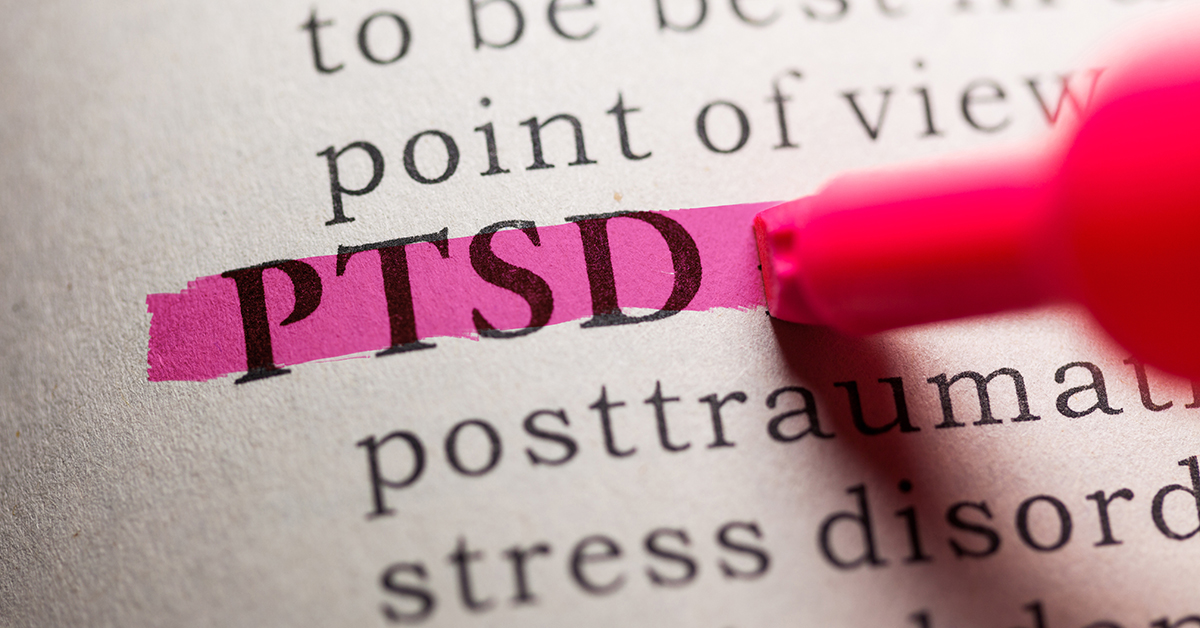
Even after their years of active service are over, many retired veterans still struggle daily with psychological strain and chronic pain. In addition to the invisible wounds of PTSD, depression, and anxiety, the wear and tear from decades of physical stress may leave them looking for solutions that traditional approaches frequently fall short of.
While traditional approaches like physical therapy, steroid injections, and painkillers can provide short-term relief, they are incapable of dealing with the more serious consequences of chronic joint pain, muscle damage, and sleep problems. Even while they persevere through the day, many veterans say that their pain, anxious thoughts, and restlessness return particularly during the quiet hours of the night.
For a 54-year-old retired veteran who has served his nation for thirty years, this is his reality. He struggles with the long-term impact of injuries and psychological strain despite his incredible dedication to fitness—running a 10K every day and keeping up a consistent gym schedule. His journey serves as an example of how new protocols, such as those provided by the Equiscope, might fill in the gaps missed by prior techniques.
A Life of Service, A Body Marked by Injuries
- The veteran’s physical history reflects the years of service:
- Right wrist, elbow, shoulder, calf, and ankle injuries
- Chronic joint and muscular pain accompanied by numbness in the hands, feet, and face
- Sleep problems, memory loss, depression, anxiety, and PTSD
- Prolonged tinnitus due to damage to the right eardrum
Even though he may feel strong and capable during the day, pain and mood swings frequently arise after his body shuts down. There was little improvement even after getting steroid injections and being prescribed painkillers. He started looking for alternative solutions that would better manage emotional and physical stress.
Working with the Equiscope
A non-invasive method called the Equiscope may aid in the body’s cellular regulatory mechanisms and natural regeneration. The use of this method is intended to support the nervous system, encourage healthy tissue function, and promote balance rather than conceal symptoms. It might be utilized as an additional option for those dealing with pain and stress, even if it is not meant to diagnose or take over the role of traditional medical treatment.
This veteran began using the Equiscope in July 2023 in an attempt to alleviate the severe stress associated with PTSD and everyday life triggers, in addition to the chronic shoulder pain.
The veteran used the following protocols during the four sessions:
- Ear clips for Meridians Lu1 and K27 (Mode 1: 10 minutes each)
- Plates along the spine (T1–L5), followed by a headband session
- At the glenohumeral joint, bilateral plates are applied to the shoulders
- Joint-pain salt immersion therapy combined with a 20-minute headband session
The Results
The changes were subtle at first. He did not notice an immediate decrease in pain after his first session, particularly because the tenderness from his physiotherapy exam and y-probe lingered. However, as the sessions went on, improvements started to show.
His shoulder pain levels dropped to a 4/10 after two sessions, providing him with substantial relief before his trip. He may yet need surgery in the future because his shoulders are still physically weak and are referred to as “bone on bone.” But the protocols did more than simply support his joints.
The veteran frequently had noticeable tension when he arrived for his sessions, which was brought on by difficulties or psychological strain. He always walked away from each session feeling more relaxed, grounded, and at ease. Even though he acknowledges that he doesn’t always observe noticeable bodily improvements, he remarks that “It must be doing something” because he keeps coming back.
A Different Kind of Relief
In addition to eliminating pain, healing can also include establishing moments of serenity, equilibrium, and fortitude in the face of suffering. The Equiscope sessions became more than just physical treatments for this veteran; they offered a place for his body and mind to rest, recharge, and recuperate.
Veterans and anyone who suffers from PTSD, chronic pain, or emotional stress may find resonance in his story. It highlights how modalities like the Equiscope may complement traditional approaches, offering a path toward relief and a renewed sense of well-being.
Disclaimer: The cases presented by various Equiscope Practices have not been evaluated by the FDA and are not intended to diagnose or treat any disease. Please consult your physician before making any healthcare decisions.

- Alternative Therapy for Veterans ,
- and Frequency Specific Microcurrent ,
- Anxiety and Pain Relief ,
- Chronic Joint Pain Protocols ,
- Equiscope Therapy ,
- Functional Pain Recovery ,
- Holistic Healing ,
- holistic pain relief ,
- Microcurrent Healing Modality ,
- microcurrent therapy ,
- Natural Pain Relief ,
- Non-Invasive Pain Relief ,
- Non-Invasive Therapy ,
- pain management ,
- PTSD Relief Options ,
- Shoulder Pain Protocols ,
- Veteran Pain Management
